Advantages and Disadvantages of Air PollutionThe contamination of air due to the presence of substances in the atmosphere that are harmful to the health of humans and other living beings, or cause damage to the climate or materials, is referred to as air pollution. Gases (including ammonia, carbon monoxide, sulphur dioxide, nitrous oxides, methane, carbon dioxide, and chlorofluorocarbons), particulates (both organic and inorganic), and biological molecules are all examples of air pollutants. Air pollution can harm humans by causing diseases, allergies, and even death; it can also harm other living organisms, such as animals and food crops, and it can harm the natural environment (for example, climate change, ozone depletion, or habitat degradation) or the built environment (for example, acid rain). 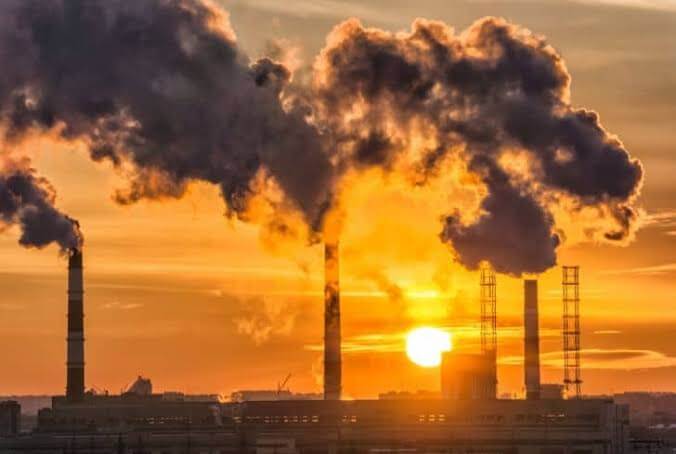
Outdoor air pollution caused by fossil fuel use alone kills 3.61 million people yearly, making it one of the leading causes of death, with anthropogenic ozone and PM 2.5 killing 2.1 million. Overall, air pollution kills approximately 7 million people worldwide each year, resulting in a global mean loss of life expectancy (LLE) of 2.9 years. It is the world's most serious environmental health risk, with no significant progress since at least 2015. In the 2008 Blacksmith Institute World's Worst Polluted Places report, indoor air pollution and poor urban air quality are listed as two of the world's worst toxic pollution problems. The scale of the air pollution crisis is enormous: 90% of the world's population breathes polluted air to some extent. Despite the fact that the health consequences are severe, the way the problem is addressed is largely haphazard or ignored. Air pollution is estimated to cost the global economy $5 trillion per year in productivity losses and reduced quality of life, but it is an externality to the modern economic system and most human activity, albeit sometimes moderately regulated and monitored. To reduce air pollution, various pollution control technologies and strategies are available. To mitigate the negative effects of air pollution, several international and national laws and regulations have been enacted. When implemented correctly, local rules have significantly improved public health. Some of these international efforts have been successful, such as the Montreal Protocol, which reduced the release of harmful ozone depleting chemicals, and the 1985 Helsinki Protocol, which reduced sulphur emissions, while others, such as international climate action, have been less successful. Whether or not air pollution has any advantages? This is an unusual question because air pollution is typically regarded negatively. However, there may be some minor advantages to air pollution: Advantages of Air Pollution1. Air pollution promotes plant growth 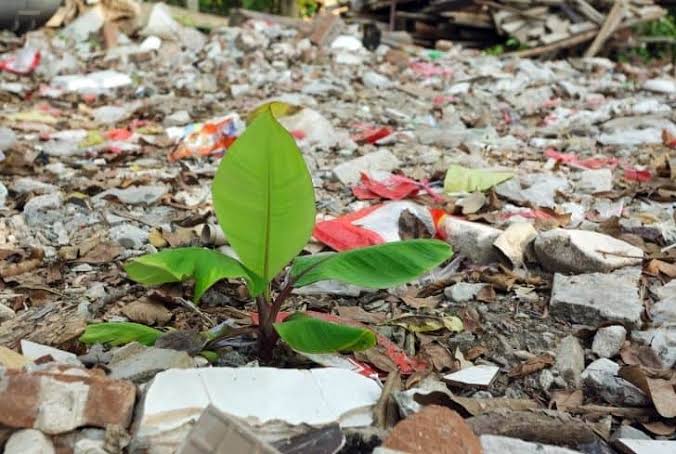
Guess what our factories and automobiles emit into the atmosphere? Nitrogen. In theory, increasing the amount of nitrogen in the atmosphere could cause plants to grow faster. 2. Climate change is slowed by air pollution Some of the pollutants we emit, such as carbon dioxide, heat up the Earth. However, pollutants such as sulphur actually help to keep our planet cool. 3. Cities with high air pollution stay cooler in the summer Pollution can block heat both at the level of the entire Earth and at the level of a city. Disadvantages of Air Pollution1. Effects On Humans 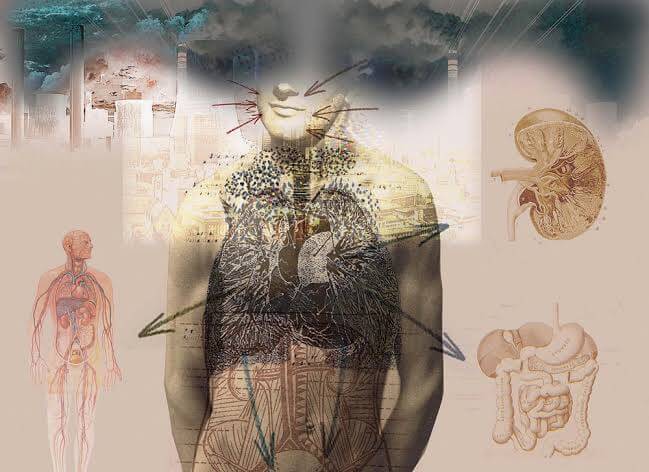
Being exposed to air pollution has a variety of negative effects on people's health. The two types of effects are short-term effects and long-term effects. Illnesses like pneumonia or bronchitis are examples of short-term effects, which are transient. They also consist of discomforts like rashes on the nose, throat, eyes, or skin. Headaches, vertigo, and nausea can all be brought on by air pollution. Air pollution also includes offensive odors produced by manufacturing facilities, garbage, or sewage systems. While less harmful, these smells are still unpleasant. Air pollution's long-term effects can last for a number of years or a person's entire lifetime. They might even result in someone's demise. Heart disease, lung cancer, and respiratory conditions like emphysema are some of the long-term health effects of air pollution. Additionally, long-term exposure to air pollution can harm a person's nerves, brain, kidneys, liver, and other organs. Some scientists think that congenital disabilities are caused by air pollution. Every year, the effects of indoor or outdoor air pollution claim the lives of close to 2.5 million people worldwide. To various forms of air pollution, people respond in different ways. Since their immune systems are typically weaker, young children and older adults are frequently more sensitive to pollution. Exposure to air pollution can aggravate conditions like asthma, heart disease, and lung disease. Pollutant quantity, kind, and length of exposure are additional considerations. 2. Environmental Impacts 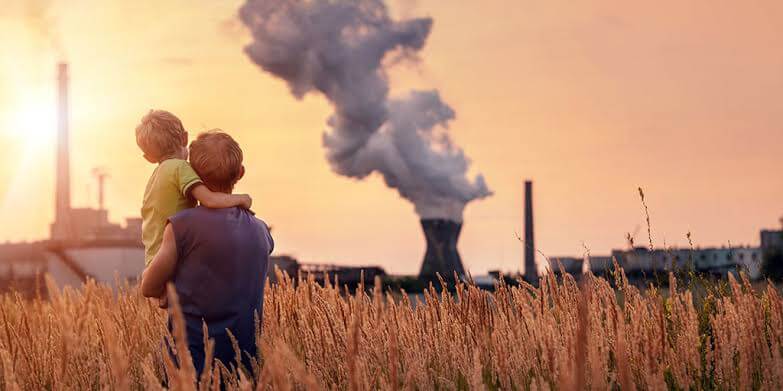
The effects of air pollution can affect entire ecosystems, just like they can on people, animals, and plants. Similar to smog, haze is an obvious form of air pollution that makes colors and shapes difficult to see. Pollution-induced haze can even mask sound. Particles from air pollution eventually land on Earth. The soil and water surface can be directly harmed by air pollution. This may result in crop death or decreased yield. Young trees and other plants can also die from it. When airborne sulphur dioxide and nitrogen oxide particles combine with atmospheric water and oxygen, they can produce acid rain. The main sources of these air pollutants are cars and coal-fired power plants. Acid rain harms plants by altering the composition of the soil, deteriorates the water quality in rivers, lakes, and streams, damages crops, and can speed up the deterioration of structures such as monuments and buildings. Animals are susceptible to the same health effects as people from exposure to air pollution. Air pollution has been linked to diseases, lower fertility rates, and birth defects. 3. Global Warming 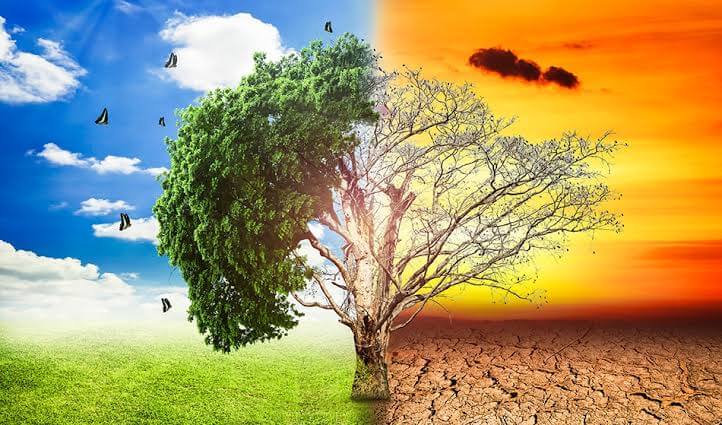
Natural and man-made air pollution are the main contributors to the environmental phenomenon known as global warming. It alludes to global increases in both air and ocean temperatures. An increase in greenhouse gases in the atmosphere is at least partially to blame for this temperature rise. Greenhouse gases keep the Earth's atmosphere warm. The heat from the Earth typically escapes more into space. The most significant contribution to global warming has come from carbon dioxide, a greenhouse gas. By burning fossil fuels, carbon dioxide is released into the atmosphere (coal, gasoline, and natural gas). Fossil fuels are now heavily relied upon by humans to operate factories, power cars and airplanes, and heat their homes. These actions cause carbon dioxide pollution in the atmosphere. Methane, nitrous oxide, and fluorinated gases are other greenhouse gases that are emitted by both natural and man-made sources. A major emission from coal-fired power plants and agricultural processes is methane. Industrial facilities, agriculture, and the burning of fossil fuels in motor vehicles all frequently emit nitrous oxide. Industry releases fluorinated gases like hydrofluorocarbons into the atmosphere. Fluorinated gases are frequently utilised in place of gases like chlorofluorocarbons. Due to their destruction of the ozone layer, CFCs are prohibited in many countries. To combat global warming, numerous nations have implemented measures to cut back on or restrict greenhouse gas emissions. The Kyoto Protocol is an agreement between 183 countries that they will work to reduce their carbon dioxide emissions. It was first adopted in Kyoto, Japan, in 1997. The United States has not ratified that treaty. 4. Harming Animals and Plants 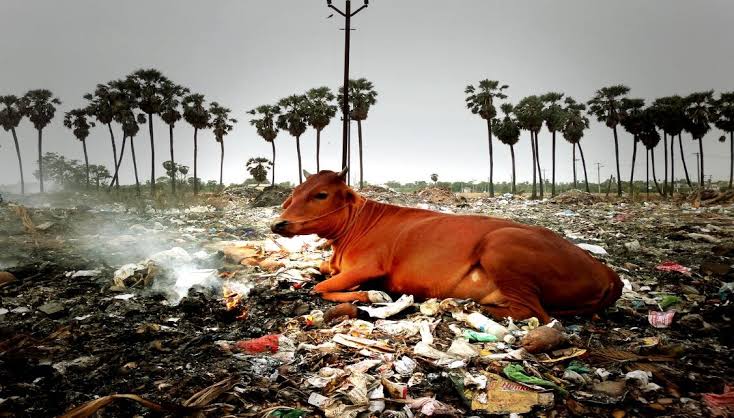
Many of the harmful health effects of air pollution that humans experience can also affect wildlife. The most frequent effects on animals are harm to their respiratory systems, though neurological issues and skin irritations are also frequent. Long-term exposure to air pollution inhibits the growth of plants and crops. Plants are harmed by ozone pollution by stomata, which are small pores on the underside of leaves that allow the plant to "breathe." While some plant species can defend themselves by momentarily closing their stomata or producing antioxidants, others are more vulnerable to harm. Ozone pollution caused the US to lose soybean and corn crops worth $9 billion between 1980 and 2011. Plants are deprived of the nutrients they require to grow and survive when factors such as acid rain, lead toxicity, and exposure to nitrogen oxides alter the chemical composition of the soil. Agriculture, forests, and grasslands are all impacted by this. In addition to these effects, air pollution harms the habitats, water supplies, and food sources that both plants and animals need to survive. 5. Ozone layer depletion 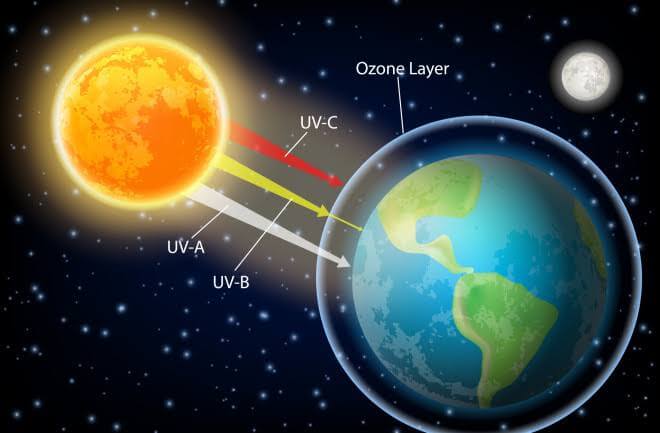
Air pollutants are to blame for the hole in the ozone layer. Chlorine atoms are present in substances that are used as refrigerants, such as chlorofluorocarbons (CFCs). Ozone is destroyed when chlorine atoms are released into the atmosphere. Thousands of ozone molecules can be destroyed by a single chlorine atom. The ozone layer protects us in a manner similar to applying sunscreen to your skin to prevent sunburn. It does this by reflecting harmful ultraviolet-B (UVB) radiation from the Sun. By increasing the amount of UVB that reaches the surface, the ozone hole endangers all living things. UVB exposure raises the risk of skin cancer in people, limits plant growth and development, slows the growth of fish and amphibians, and decreases the amount of phytoplankton in marine ecosystems. Additionally, UVB speeds up the breakdown of both natural and artificial materials. |
 For Videos Join Our Youtube Channel: Join Now
For Videos Join Our Youtube Channel: Join Now
Feedback
- Send your Feedback to [email protected]
Help Others, Please Share










